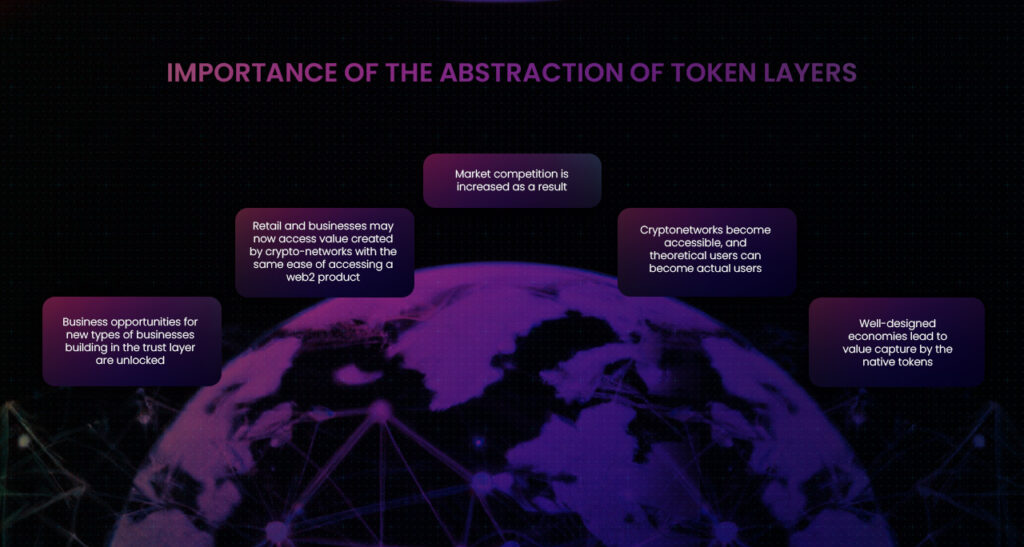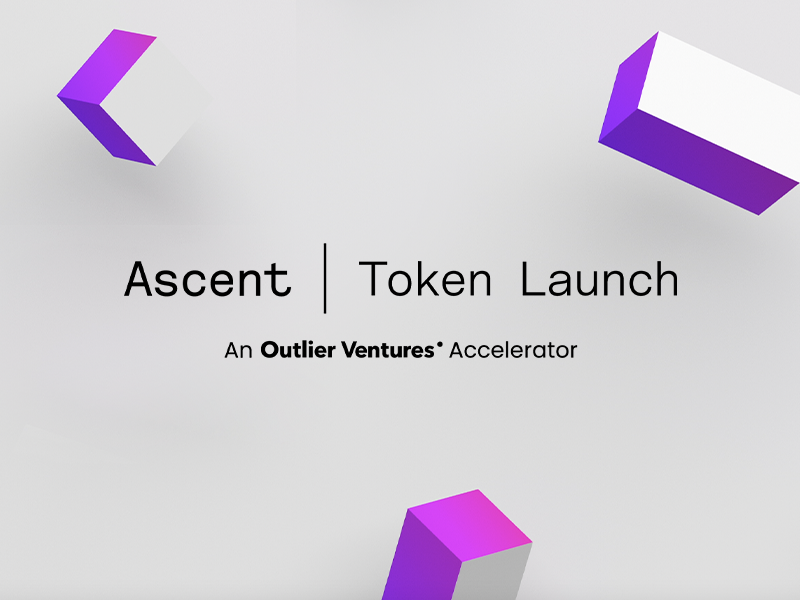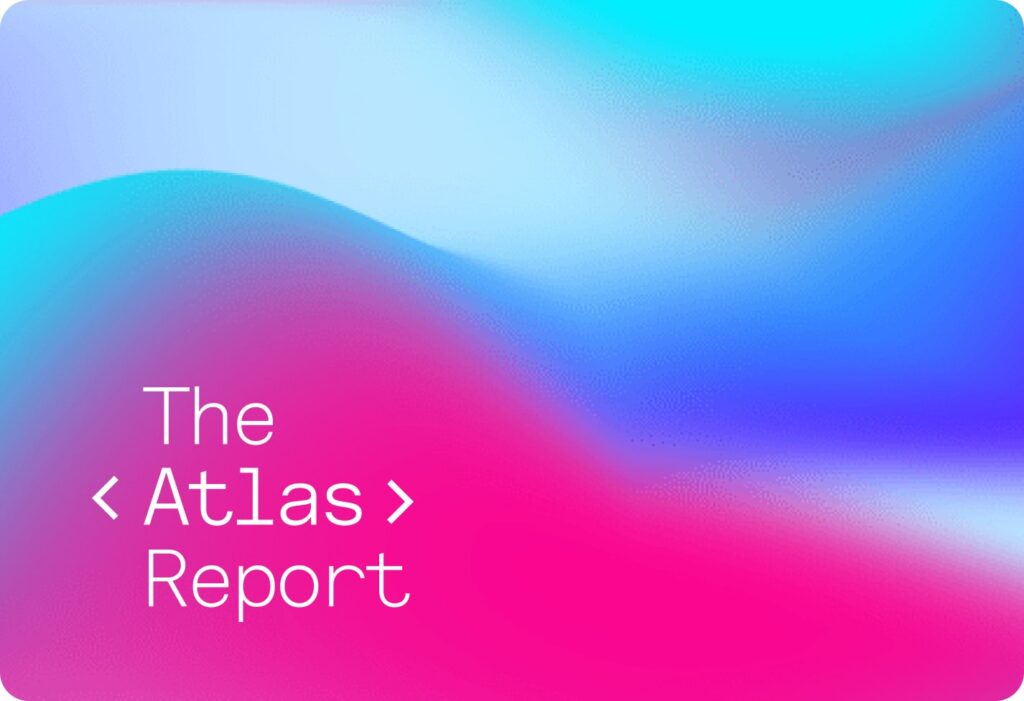As Web3 gains popularity, how will new “crypto-conduits” make blockchain more accessible?
In many cases, crypto-networks offer the same or comparable product to their centralized counterparts, but at a fraction of the cost. As per file.app, storing 100GB of data for one month costs $0.099 in AWS S3, $0.12 in Google Cloud Storage, and only $0.019467 in Filecoin; a decentralised storage marketplace in which a stakeholder can be either a provider or a consumer, permissionlessly.
Despite the advantages (e.g. cost, credible neutrality, etc.) these networks have one major drawback: they are virtually inaccessible to the layperson. Seed phrases, token management, regulatory navigation, among others, remain huge hurdles to accessibility.
The value created in these networks will never reach the masses without a new type of stakeholder; a ‘CryptoConduit’ that accepts payment from customers, buys the appropriate token, redeems it for value, and delivers that value to the customer.
An analogy often used in the crypto space is that which compares this era of crypto to the early days of the internet: the technology existed, but it was still difficult to access. There was yet to be invented all the nifty tools that make using this technology so seamless and easy.
Hints of what is to come can already be observed. Examples such as debit/credit payments on Opensea, or the Reddit Avatars and Vaults, can be considered proof-of-concepts that the complexity of using crypto can be successfully magicked away.
What we can envision going forward is not only these one-off examples, but a complete abstraction of the Token Layer. The ‘Token Layer’ as it is used here refers to the layer of incentives that sits on top of a protocol to ensure that both the supply and demand sides of a marketplace are aligned in their interests.
For many networks, such as Layer 1s, DePINs (Decentralised Physical Infrastructure Networks), and digital commodity networks (e.g. DeCompute, DeStorage) the token is an integral part of the network itself; value cannot be provided or consumed in these networks without interacting with it. The native token itself is what aligns incentives and creates these positive-sum games for ecosystem participants.
The abstraction of this layer means that would-be users would not be exposed to any of these complexities, and instead deal with an interface where all the overwhelming crypto stuff can occur invisibly in the background.
This may be achieved via the introduction of a new stakeholder – the CryptoConduit – that pays for the tokens up front, redeems them, and allows their own customers to access the product of a decentralised network (e.g. compute, data storage) without the friction and complexity of going about the steps currently required to access these networks (on-ramping funds, purchasing the appropriate tokens, figuring out self-custody, redeeming the tokens for service..etc.).
This middleman would provide this economic abstraction in order to make this technology – and the value it can provide – actually accessible. A viable business model could be providing this abstraction, and taking fees.
The Trusted Creditor
As a byproduct of having economic abstraction to access value in crypto-networks, financial abstraction may be offered as well.
That refers to using credit and debt as financial instruments instead of settling every transaction in cash. When a middleman can provide economic abstraction, they may also offer customers the option to pay with credit.
Currently, paying with credit in a trustless network is not possible because it is, well, trustless. A pseudonymous blockchain address cannot be trusted with credit because there is no assurance that it will pay its debt. In the real world, credit may be extended because we have credit scores attached our real-life identities, and failure to repay debts can have negative social or financial consequences.
If and when the token layer is abstracted away though, the CryptoConduit that offers us nice UX can also enable financial abstraction. This can be achieved through the middleman themselves issuing credit (buy now, pay later with interest), or by accepting credit card payments (third party pays on your behalf, and you pay them back later with interest).
This better financial UX can also help introduce the accessibility of web2, to the value produced in web3, helping realise the value and potential of public blockchains. Although some may grimace at the use of these centralised intermediaries, mass adoption will not be achieved without them. Furthermore, these middlemen will be the ones that are subject to regulation and can enforce censorship. What is important is that the underlying blockchain/dapp remains credibly neutral and ambivalent to any censorship attempts at the protocol level.
The importance of these economic and financial abstractions is that they will actually enable the scaling of these networks. Two-sided marketplaces for digital products and services can now be accessed with the same ease we are accustomed to with web2. The birth of ancillary businesses that provide these abstractions will help unlock the value of these networks and bring the benefit of this technology to much larger numbers of potential beneficiaries of this technology.

Accessibility is often a direct result of centralisation. Although this may be antithetical to many core crypto values, it is necessary to achieve scale. The important question is not if centralisation will occur, but rather where. In this vision, centralisation and therefore censorship resistance will be enforced at the application layer which is built atop the decentralised, censorship-resistant protocol layer. This protocol layer will remain accessible, but only to those with the knowledge and skills to do so directly.




